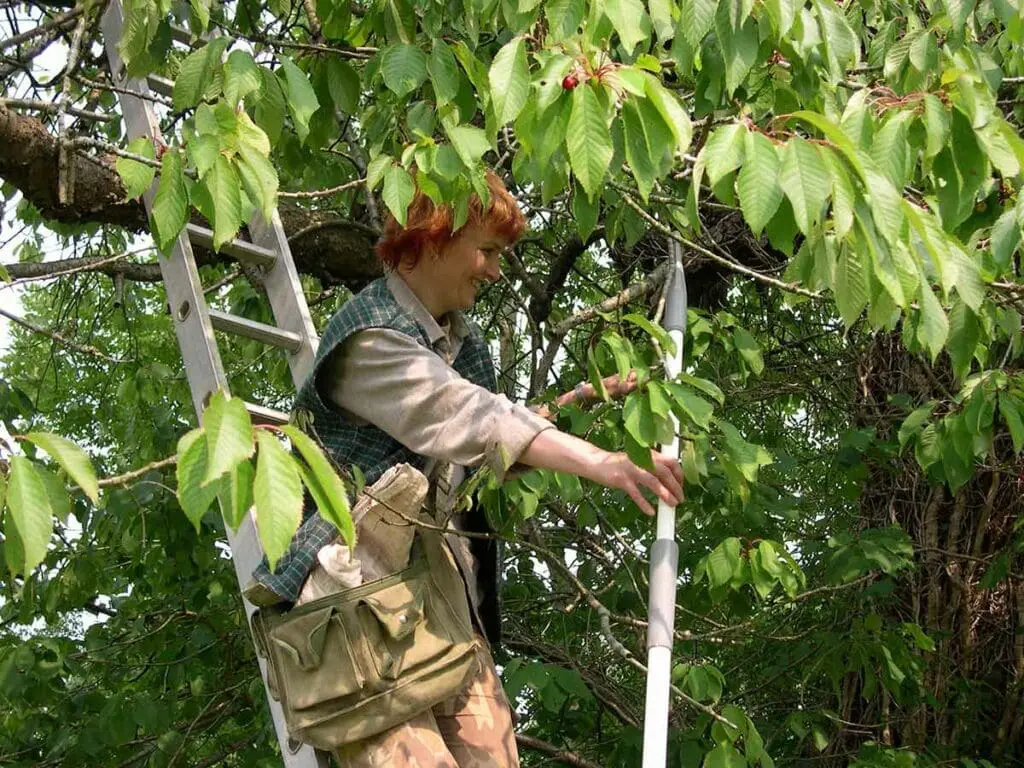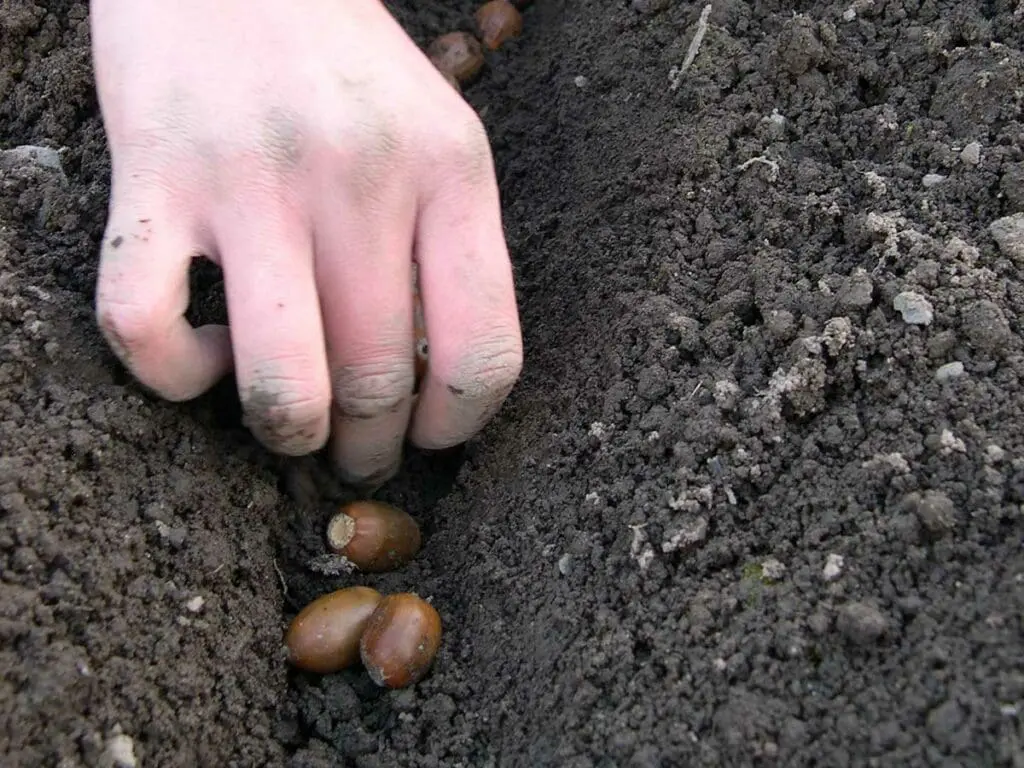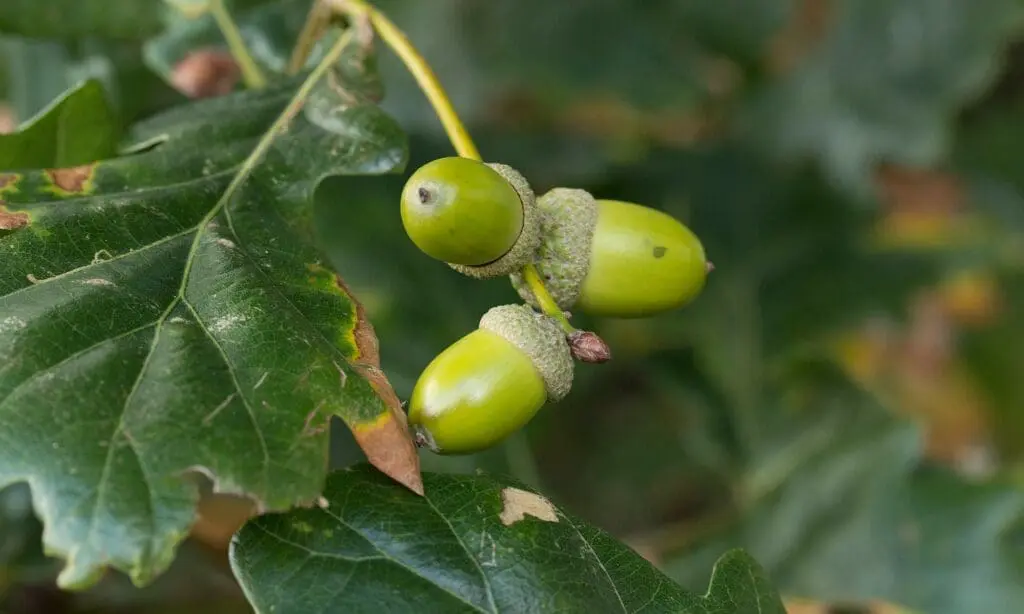- Common name: Scots Pine
- Scientific name: Pinus sylvestris
- Family: Pine (Pinaceae)
- How to grow Scots Pine
Scots pine creates very important ecosystems, supporting a lot of wildlife.
The bark is covered in lichen which is able to fix nitrogen from the air and when fallen on the ground creates very rich soil soon covered with blaeberries and cranberries.
Insects find shelter in the deep fissures in the bark and a lot of caterpillars feed on the pine needles. Wood ants feed on the leaf-eating caterpillars and collect the honeydew from the aphids, which suck the sap from the trees.
Birds feed on the insects and seeds, squirrels and mice feed on the seeds, and pine martens (which are very rare in Northern Ireland) feed on the squirrels and mice.
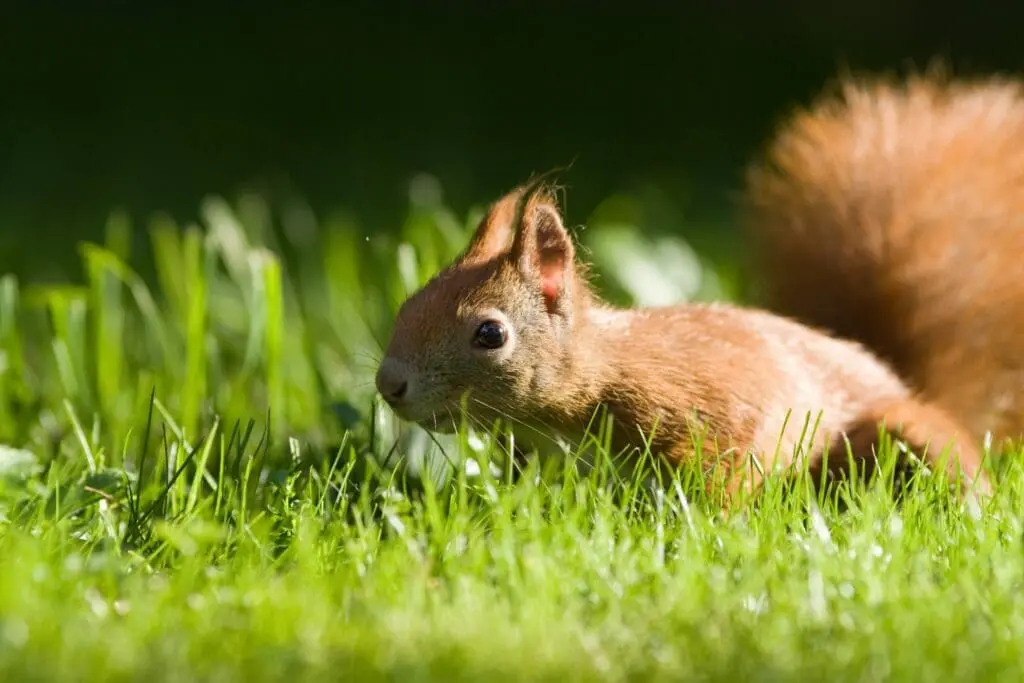
Leaves
This tree has evergreen needles, which are rigid and arranged in pairs, each 3-8cm long, often twisted.
They remain on the tree for 2-3 years, old leaves turn yellow and are shed before winter. Unlike deciduous trees leaves are not all shed at the same time.
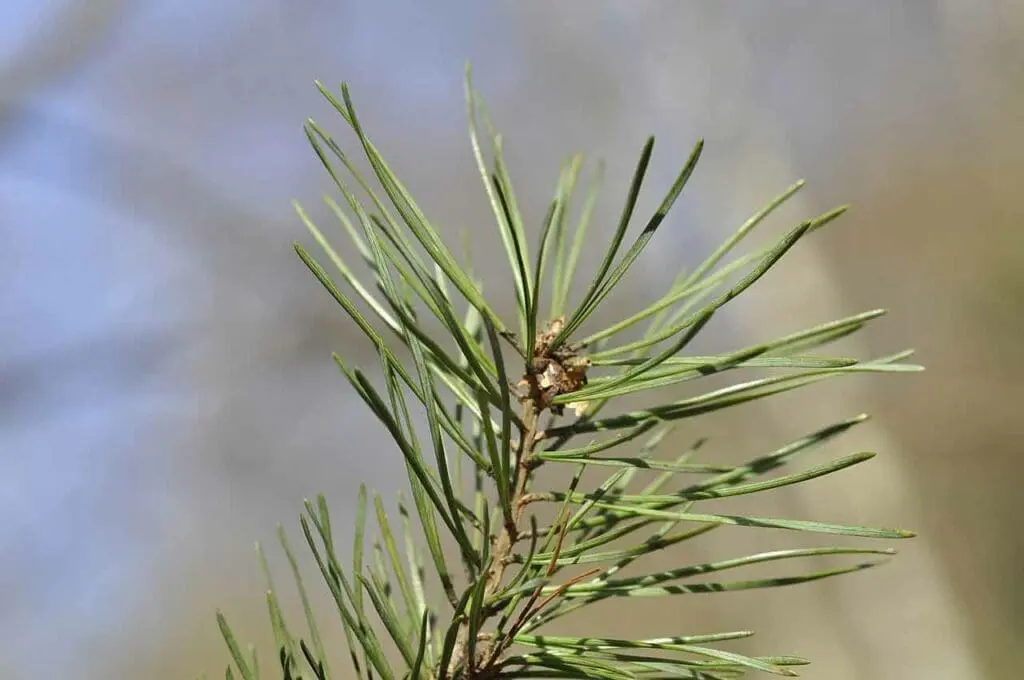
Flowers
Male and female flowers are borne on the same tree.
Female flowers are higher, on the more exposed branches, male flowers are clustered on the branches below.
They appear in May and are pollinated by wind.
![Beentree [CC BY-SA 3.0 de (https://creativecommons.org/licenses/by-sa/3.0/de/deed.en)] Scots pine pollen cones](https://nativetreesfromseed.com/wp-content/smush-webp/2019/09/scots-pine-flowers-1024x766.jpg.webp)
Fruits
Seeds are carried in cones, which are green at first and ripen after two years. Brown, ripe cones open in sunny, dry weather while still on the tree and release tiny, winged seeds which are then dispersed by the wind.
Seeds germinate readily but the seedlings need a lot of sun to survive. Cones ripen in April.
![USDA-NRCS PLANTS Database / Herman, D.E. et al. 1996. North Dakota tree handbook. USDA NRCS ND State Soil Conservation Committee; NDSU Extension and Western Area Power Admin., Bismarck, ND. [Public domain] Scots pine cones](https://nativetreesfromseed.com/wp-content/smush-webp/2019/09/scots-pine-cones-1024x691.jpg.webp)
Bark
Bark on the young branches is papery thin and orange-red. Bark on the trunk is a reddish brown-grey, in large plates, with deep fissures in between. It is soft and thick compared to the bark of most deciduous trees.
The wood is very rich in resin, which covers the buds and naturally preserves the wood.
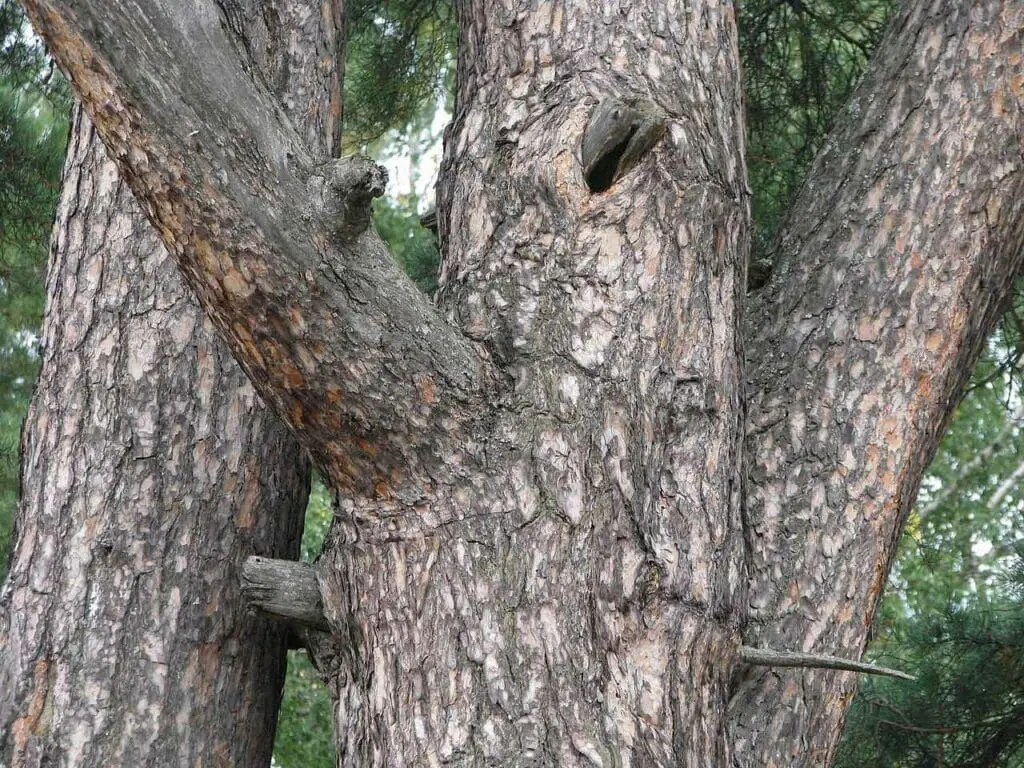
Habitat
It is the most widely distributed conifer in the world, growing from sea level up to 2,400m, from the arctic circle to southern Spain.
It likes light and sandy soils and, though it readily colonises open sunny spaces, it cannot regenerate under its own canopy as it cannot grow in shade.
It does not tolerate high rainfall. High rainfall might have been one of the reasons why this native Irish conifer, which colonised the land after the last Ice Age possibly became extinct and had to be reintroduced from seed from Scotland.
![Erik Fitzpatrick [CC BY 2.0 (https://creativecommons.org/licenses/by/2.0)] Scots pine in Glen Affric, Scotland](https://nativetreesfromseed.com/wp-content/smush-webp/2019/09/glen-affric-1024x768.jpg.webp)


